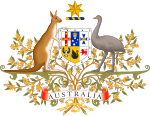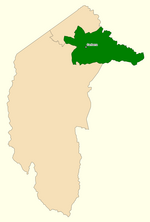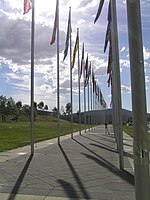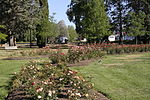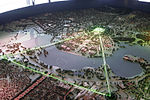High Court of Australia

The High Court of Australia is Australia's apex court. It exercises original and appellate jurisdiction on matters specified within Australia's Constitution. The High Court was established following passage of the Judiciary Act 1903. It derives its authority from Chapter III of the Australian Constitution, which vests it responsibility for the judicial power of the Commonwealth. Important legal instruments pertaining to the High Court include the Judiciary Act 1903 and the High Court of Australia Act 1979.Its bench is composed of seven justices, including a Chief Justice, currently Susan Kiefel. Justices of the High Court are appointed by the Governor-General on the advice of the Prime Minister and are appointed permanently until their mandatory retirement at age 70, unless they retire earlier. Typically, the court operates by receiving applications for appeal from parties in a process called 'special leave'. If a party's application is accepted, the court will proceed to a full hearing, usually with oral and written submissions from both parties. After conclusion of the hearing, the result is decided by the court. The 'special leave' process does not apply in situations where the court elects to exercise its original jurisdiction; however, the court typically delegates its original jurisdiction to Australia's inferior courts. The court has resided in Canberra since 1980, following the construction of a purpose-built High Court Building, located in the Parliamentary Triangle and overlooking Lake Burley Griffin. Sittings of the court previously rotated between state capitals, particularly Melbourne and Sydney, and the court continues to regularly sit outside Canberra.
Excerpt from the Wikipedia article High Court of Australia (License: CC BY-SA 3.0, Authors, Images).High Court of Australia
Parkes Place, Canberra Parkes
Geographical coordinates (GPS) Address External links Nearby Places Show on map
Geographical coordinates (GPS)
| Latitude | Longitude |
|---|---|
| N -35.298888888889 ° | E 149.13583333333 ° |
Address
High Court of Australia
Parkes Place
2600 Canberra, Parkes
Australia
Open on Google Maps

